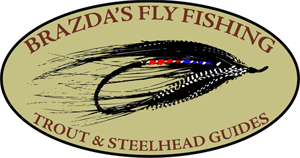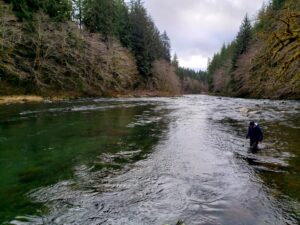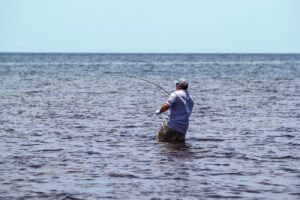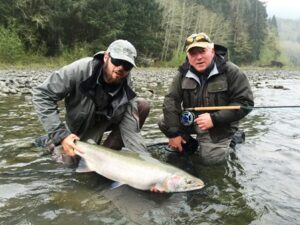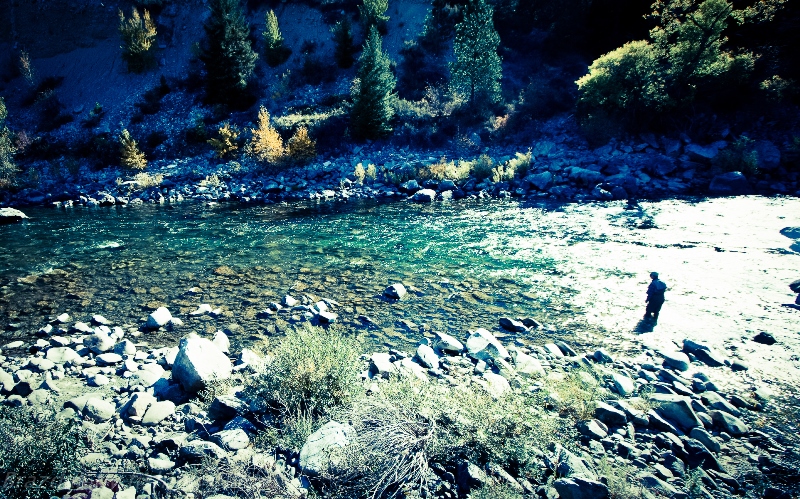
The last 15 years in Washington state has seen drought conditions every 5 years: 2001, 2005, 2010 and now 2015. This drought period seems to be the harshest by my recollection. This time we had basically NO snow pack, the lakes were full in May from rainfall and have not seen much precipitation since.
Unlike the prior dry conditions, this season the WDFW has been fairly active in there response to fishing conditions. They are closing some rivers and using hoot hour regs on others. Some are fortunate to require neither but are very well self regulated by the fishing guides and services that utilize them. This in itself has been instrumental in WDFW accepting the idea of taking a stance on it in a regulatory manor. In past drought seasons WDFW had no response, its nice to see that we can lead them into a more ecological resolve for our friend the fish.
Trout Unlimited and the various guide services have promoted the early day fishing and stop fishing at 68-70 degree water which is the common temp used by Montana fish and game in there closure reg’s. I am sure that in some cases the reg’s are a little late in coming but its better than it was in 2001 when we had trout tumbling down the Yakima (dead) and salmon dying in the rivers. W/O any response from the regulators. In all cases the thermometer is the best tool in the box.
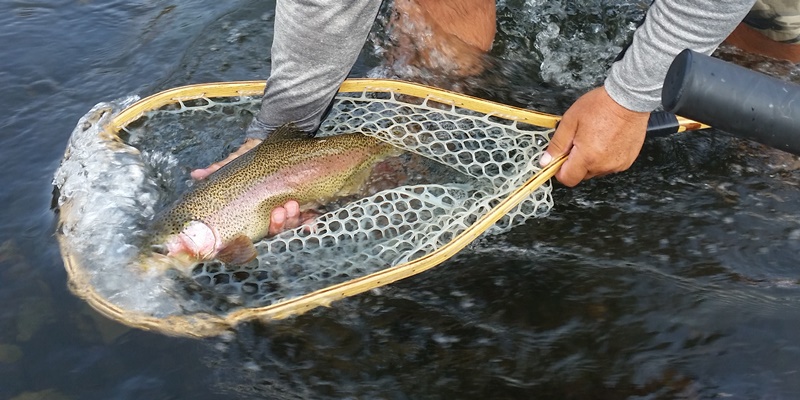
The early AM game has always been in play for anglers that know the summer stonefly timing during its long seasonal emergence. They being of nocturnal habits offer up some of the finest big bug dry fly fishing in the west at daylight to 10 ish am. Followed by a short nymphing routine or shadow angling on the dark side with hoppers etc… A constant check on temps will determine the days length.
Yakima river water temps At Bristol
Yakima river water temps At Cle Elum
As fall approaches the evening temps cool the water and river water follows a delayed air temp curve usually peaking at 20 degrees lower depending on elevation, AM temps and river FLOW. Right now our lakes on the Yakima system are so low the water leaving the dam is warmer than the water downstream after a cool evening exposure in the river. Here again a good temp gauge and the willingness to check different locations and keeping an eye on the evening temps help regulate the fishing day.
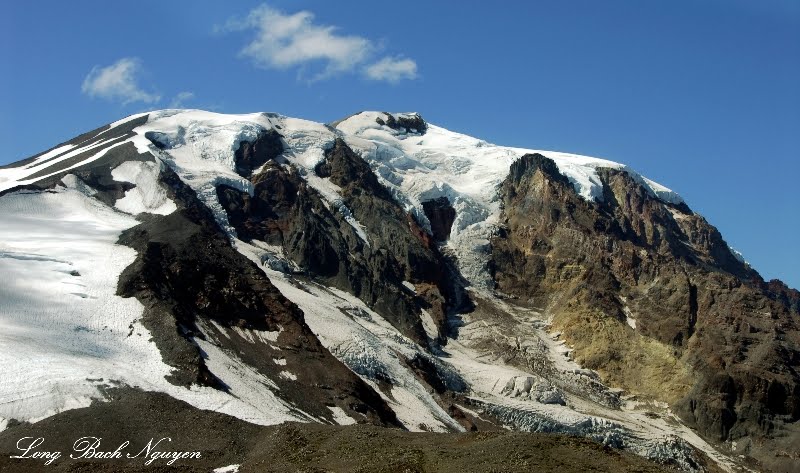
Individual river systems vary greatly by the watersheds, Glacial or spring rivers always start cooler and therefore stay cooler longer in the day. This will be the saving grace to our summer steelhead systems that have glacial influence. Watersheds like the Columbia and Snake with huge slow moving sections are the worst at retaining water temps. The Methow River of steelhead fame is commonly 10- 20 degrees cooler than the Columbia and even more in its upper reaches. Hence the propensity for Spring Chinook to run so far so fast and hang over spring upwelling’s in small tributaries. The early Skamania run of wild summer run in the tributaries of the Columbia use similar tactics by jumping falls during run off and surviving over cool springs in the dog days of summer.
Fish have evolved for thousands of years, they have experienced everything mother nature can deliver, minus man made intrusions upon water quality and hydro electric river blockages. They survive on a weather curve if you will. This season will be taxing on those adaptations, some will perish ( Columbia river hatchery Sockeye) and some will adapt to the changing conditions. They adapt daily and seasonally. We see it every year with the rising temps a again with the falling temps of winter, basically in reverse.
Trout adapt to the heat and begin feeding again at 70 degrees after many days exposure to those elements. They don’t however seem to adapt in surviving capture at those temps, there fore it is imperative that we alter our exposure on them for there safety.
With steelhead this is different when the water temps fall. The fish don’t like a quick freeze, but they get used to it and return to biting after 5-10 days or so even get violent again. Its these changes that we must manage our guiding dates to optimize performance. The warm up we manage for there survival the cool down we manage for there catch ability.
In reality mother nature has thrown in an auto pilot for survival, neither Salmon or Steelhead bite very well at higher temps, this is a perfect equalizer for the week end warrior or short term angler not realizing the dangers we place on cold water species when we handle them in water too warm for easy survival.
With fall steelhead season fast approaching (September through November) we often count on long range predictions to help bolster the opportunity. Looking ahead on these stats more than a few show cooler than normal temps and some with increased unsettling, ( rain storms) in September. The Klickitat being cooler already than most Columbia river tribs will be sucking steelhead into its reach retreating from the warmer Columbia like a refuge. As some know steelhead will travel many miles into a tributary only to back out months or weeks later. Adding this to the already good predictions I believe the Fall steelhead runs will be acceptable at least. We should have a longer season and broader range of catch ability.
 Rains predicted for September and October with low temps in the 35-40 well into November will help the dry line steelhead game substantially. The already low flows will heavily reduce fishing pressure and the lack of an early freeze will keep the run moving and extend well into November. Every angler that fancies themselves as Steelheaders will be tested upon these conditions, mostly psychologically, as the fish will come and they will be caught many will not fish because of it, and that’s what separates them from us.
Rains predicted for September and October with low temps in the 35-40 well into November will help the dry line steelhead game substantially. The already low flows will heavily reduce fishing pressure and the lack of an early freeze will keep the run moving and extend well into November. Every angler that fancies themselves as Steelheaders will be tested upon these conditions, mostly psychologically, as the fish will come and they will be caught many will not fish because of it, and that’s what separates them from us.
Thanks for your support and please angle wisely, be sure your guide is consciences of the conditions.
Jeff Brazda
E-Mail jeff@brazdasflyfishing.com
Cell- 253-307-3210
